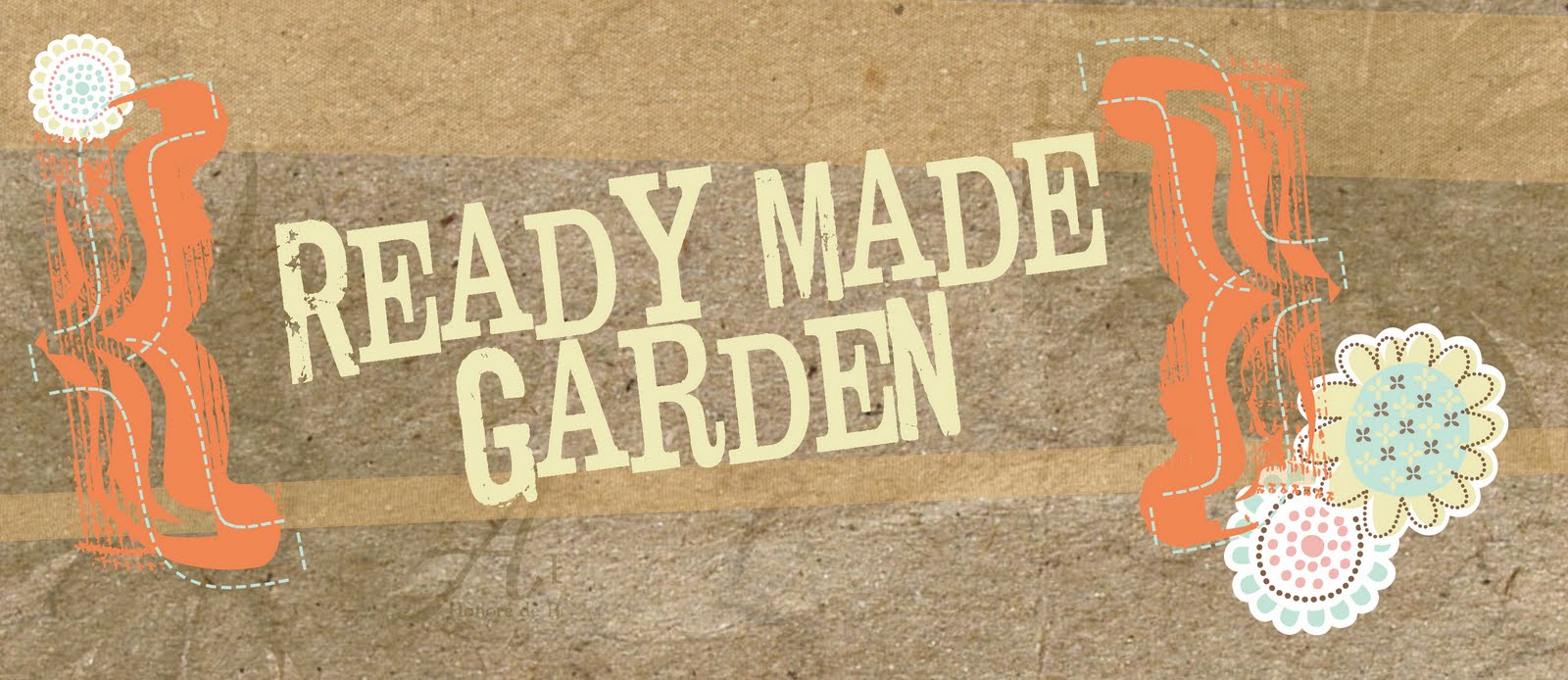- Holes in the bag let out excess water and let in air {two of our four essential elements from the 'So, what exactly is a Bucket Garden' overview}
- Cut off your spinach and cabbage and let it grow, if it bolts then it's done {see bottom of post for all you ever wanted to know about bolting}
- Don’t plant tomatoes and peppers near each other.
- If you’re planting leafy greens and it’s already hot, wait to plant them until you have a primary plant big enough to provide some shade and protection from the sun.
- Bags on the outside get hotter than those in the center. Melons are good for the outside bags, particularly the corners because they like heat.
- If you want to make RoundUp more effective when killing grass or weeds to create a place to put your Bucket Garden, mix 1 ounce of apple cider vinegar into one gallon of water, then add 1 ounce of RoundUp concentrate (not the premixed kind). However, don't use RoundUp in your Bucket Garden! You can easily pull out any weeds that may blow into the garden as seedlings.
- Peas can grow in the heat if they are shaded by other plants.
- The Garden Master recommends using something like the Jiffy-7 peat pellets to grow primary plants before transplanting them into the bags. With the Bucket Garden System you don’t need the plants to be very big before you transplant them. Smaller is better. Click HERE to learn a little bit more about pellets.
- Basil needs some protection from the heat, so it is best to grow with an indeterminate tomato.
- A simple explanation of the difference between determinate and indeterminate tomatoes is that determinate tomatoes bear their crop all at once, while indeterminate tomatoes bear fruit over the course of a season. Indeterminate varieties tend to grow longer vines and will require more support in terms of staking or caging over the course of a season. Determinate varieties often (but not always) tend to be more compact and manageable. If you want a large crop of tomatoes all at once, you need a determinate tomato. To determine if a tomato plant is determinate you would look for two basic pieces of information in the plant catalog or on the plant label. Look for the word "determinate" or the abbreviation "DET" so you know what you're dealing with. Next, look for the number of days at which the plant will set fruit. To get several nice harvests, try to combine determinate varieties that bear early, mid, and late season crops. If you are into canning, saucing, or drying your tomatoes, this is probably the best way to go. If you want tomatoes for the course of the season for snacking and adding to salads and sandwiches, it is best to go with indeterminate varieties. Several types of indeterminate tomatoes are very prolific, and a plant or two will more than suffice to meet your needs. Many favorite heirloom tomatoes are indeterminate varieties. When shopping for your tomato plants, you will be looking for "indeterminate" on the label, or the abbreviation "IND" (or, less commonly, "INDET").
- A shade cloth can help protect plants from the intense heat of the summer.
Bolting:
Plants, mostly vegetable or herbs, are said to bolt when their growth goes rapidly from being mostly leaf based to being mostly flower and seed based.
Why do plants bolt?
Most plants bolt due to hot weather. When the ground temperature goes above a certain temperature, this flips a switch in the plant to produce flowers and seeds very rapidly and to abandon leaf growth almost completely.
Bolting is a survival mechanism in a plant. If the weather get to be above where the plant will survive, it will try to produce the next generation (seeds) as quickly as possible.
Some plants that are known for bolting are broccoli, cilantro, basil, cabbage and lettuce.
Can you eat a plant after it bolts?
Once a plant has fully bolted, the plant is normally inedible. The plant’s entire energy reserve is focused on producing the seeds, so the rest of the plant tends to become tough and woody as well as tasteless or even bitter.
Occasionally, if you catch a plant in the very early stages of bolting, you can temporarily reverse the process of bolting by snipping off the flowers and flower buds. In some plants, like basil, the plant will resume producing leaves and will stop bolting. In many plants though, such as broccoli and lettuce, this step only allows you some extra time to harvest the crop before it becomes inedible.
Preventing bolting
Bolting can be prevented by either planting the plant early in the spring so that it grows during the late spring or late in the summer so that it grows during early fall. You can also use shade to keep the plants cooler.




